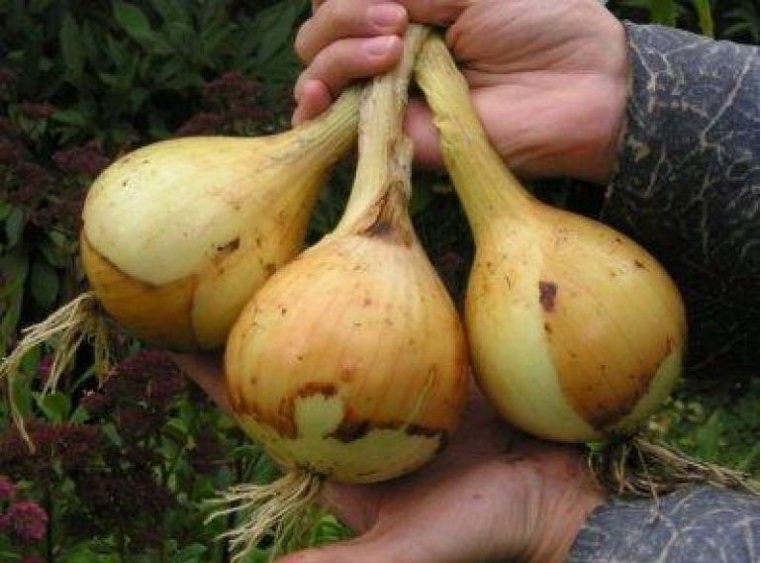 Exibishen onion is a salad type of onion. It has a pleasant sweet taste, devoid of bitterness. At the same time, onion rings contain a large amount of juice and crunch. Vegetables are used in the preparation of stews, meat, fish. It is universal in purpose and is able to complement any dish.
Exibishen onion is a salad type of onion. It has a pleasant sweet taste, devoid of bitterness. At the same time, onion rings contain a large amount of juice and crunch. Vegetables are used in the preparation of stews, meat, fish. It is universal in purpose and is able to complement any dish.
The powerful antiseptic effect of onions will put in order the protective function of the body, will come to the aid in the treatment of colds. Onions must be eaten, especially during the period of mass diseases. Onions are used not only for cooking, but also for recipes in traditional medicine.
Content
Description and characteristics of the Exibishen variety
A distinctive feature of this variety is its unusually large size. The weight of one head can reach more than 500 grams. The onion has a beautiful even shape. The peeling film is painted in an attractive golden color and protects the vegetable from moisture and rot. Juicy sweet taste of onions allows you to use it in its raw form. The bulb can not even be scalded with boiling water - it does not bitter.
In the harvest season, up to 3 kilograms of bulbs are harvested from one square meter of land. They grow onions on the street, it grows well and is not prone to fear of frost. Planting seedlings is necessary in the first half of May or at the end of April, depending on the weather. Landing is done on a sunny day, if possible, in the morning.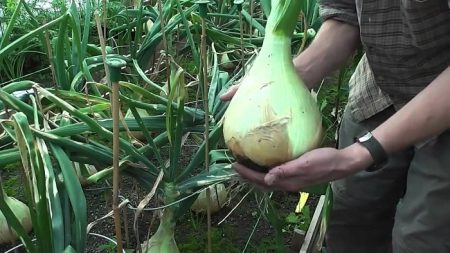
Since the “Exhibit” onion is considered a salad variety, it is characterized by a short storage time. After harvesting and drying, the bulb should be used within 3-4 months.
Cultivation and care
Bulbs are grown from seeds. Landing is carried out in early March. Onion seeds are soaked in plain water to separate the pacifiers from the full grains. Empty seeds are on the surface of the water, and full drown. After empty seeds are removed, the remaining grains are placed on a damp cloth. Thus, the seeds should lie down for a couple of days.
Planting soil is prepared by mixing 9 parts of humus, 10 parts of sod land, 1 part of overripe mullein. All ingredients are mixed in a large container (any bucket will do) and poured into a box or large container. It is better to choose a container for seedlings of a rectangular shape, it will be convenient to work with it in the future.
Seeds are treated with Fitosporin. This tool is specifically intended for the treatment of seeds from possible infection with diseases. After processing the substance, the seeds are lowered into the ground to a depth of 0.8-1.0 centimeters. The container is covered with plastic wrap or glass. In this position, the container is left for 5-7 days, daily assessing the state of the earth.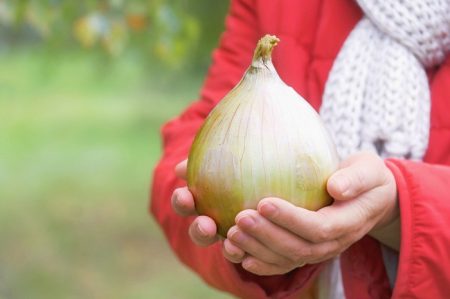
In a week, small onion sprouts will appear. Humidify the earth from a spray bottle. The soil must never be flooded. With excessive moisture content in the soil, the young bulbs will rot and die.
2 months after planting, the seedlings are already ready for transplanting. For onions form a bed of small height. The ridge is better located on a flat area and with great access to sunlight. Shady and poorly lit landing sites should be avoided. You can plant a carrot next to him. Vegetables grow well in place, especially carrots protect onions from pests.
Before landing onions in the garden, he needs to acclimatize. A box with seedlings is left in a cool place with a temperature of 15-17 degrees for several days. When the vegetable gets used to it, it will be easier for him to survive the transplant.
Plants are transferred to small depressions made in advance in the ground and buried. ½ cup ash can be added to the well. The distance between the rows should be at least 10 centimeters. Aisles are mulched with sawdust.
In the bright spring sun and the nourished land, onions will quickly begin to grow up. Watering is carried out starting in early June. Water the onion no more than once a week, but if the weather is hot outside, then watering is quickened twice. Water the onion under the root, the upper part of the plant does not need to be sprayed. For water use cool water. You can feed onions with chicken droppings or potassium supplement. However, top dressing is not worth it, it’s enough 1 time per month for the normal formation of the crop.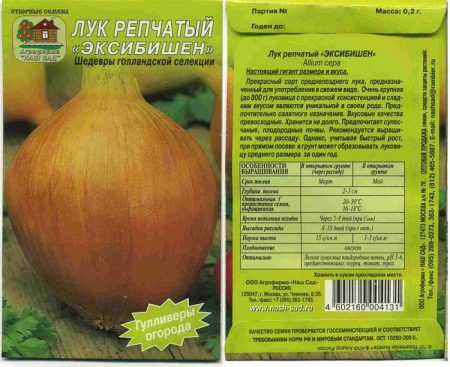
The garden is regularly weeded by foreign plants. Loosen the earth with a chopper, break lumps.
Onions begin to dig in the middle of July. You need to dig in with a shovel, and then get the bulb from the loose earth. Sometimes the bulb sits quite densely and deeply in the ground, which needs to be dug up several times. When the vegetable is on the surface, it is cleaned from the ground. Cut green feathers so that only one base remains to protrude at a height of 3-4 centimeters.
The onion is immediately ready to eat, it can be crushed into a salad right away.
If the onion will be stored for some time, then it needs to be dried well. Dried vegetable in the sun. The heads are laid out in one row and left on the windowsill in a warm sunny room for several days. Onions need to be turned over from time to time. When the peel begins to rustle pleasantly and acquires a characteristic golden color, then the onion can be removed for storage. For this purpose, use a refrigerator or basement. You can store onions at home, but not for long and in a dark, dry place.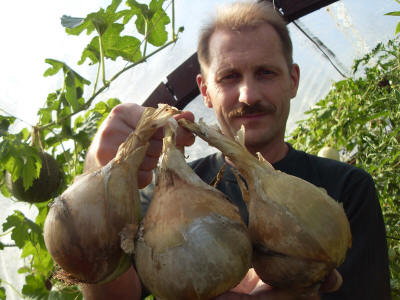
Advantages and disadvantages
The advantages of this variety of onions are many:
- Big size.
- Lack of bitterness in taste.
- Juicy and crispy rings.
- High yield.
- Good shoot.
- Resistant to pests and diseases.
Unfortunately, the onion described in the article does not have a long shelf life, but this time is enough to use the entire crop.
Reviews
Olga from Nizhny Novgorod says: “Every year I definitely plant a bed of this onion. I like him for the moderately sweet taste without bitterness. The heads grow large, half of the head is enough to cut a large cup of salad for the whole family. ”
Vitaliy says about the Exibishen variety: “The onion attracted me with its large size. Indeed, even at the first landing a very large crop was obtained. Now we plant only this variety, it completely suits us: both to taste and to care. ”

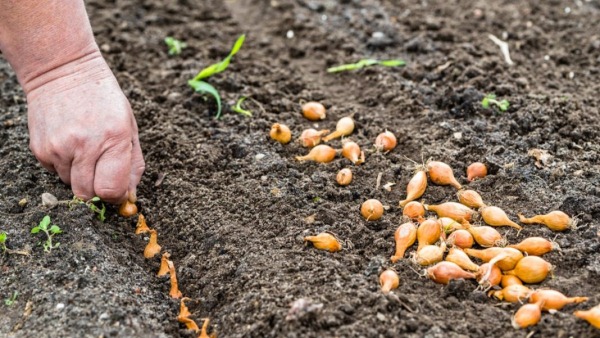
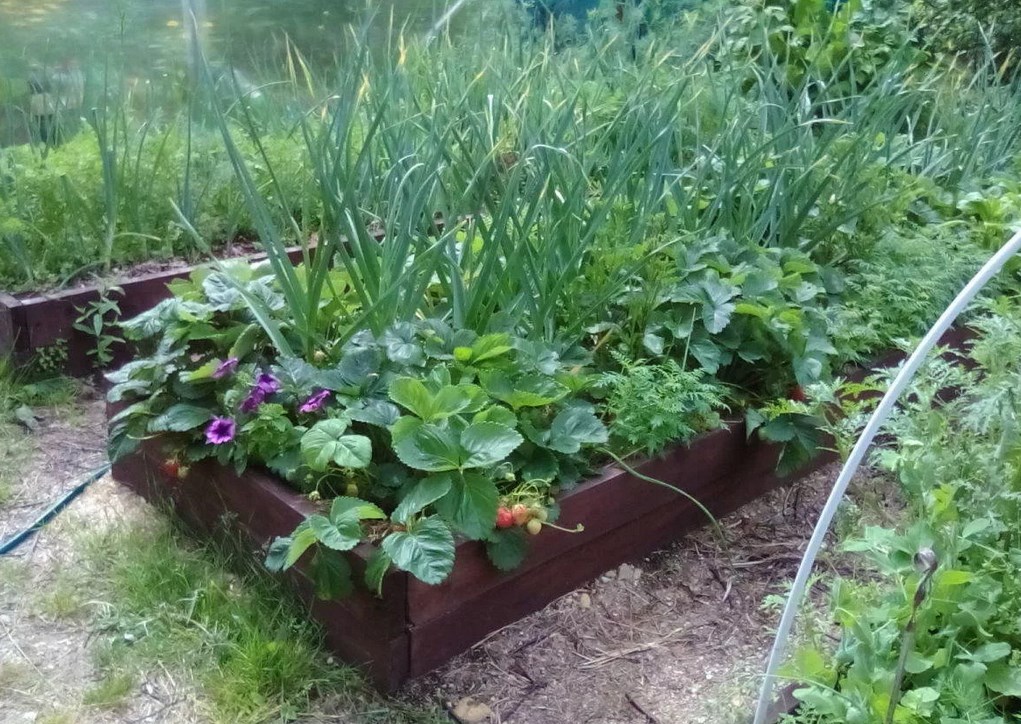
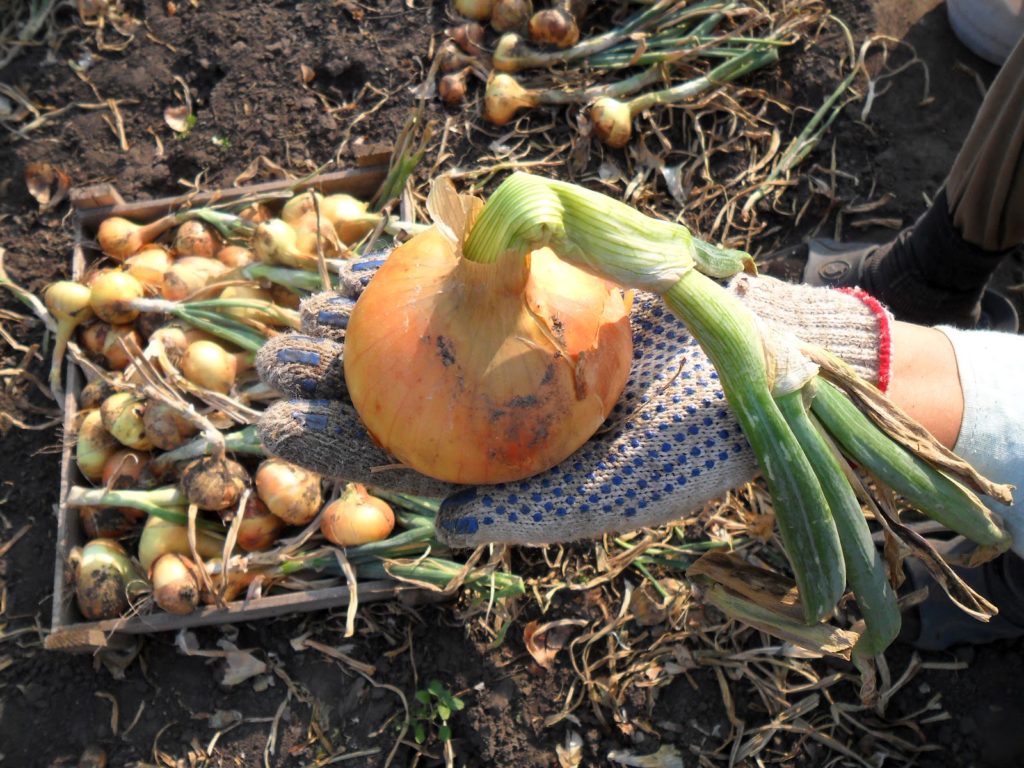
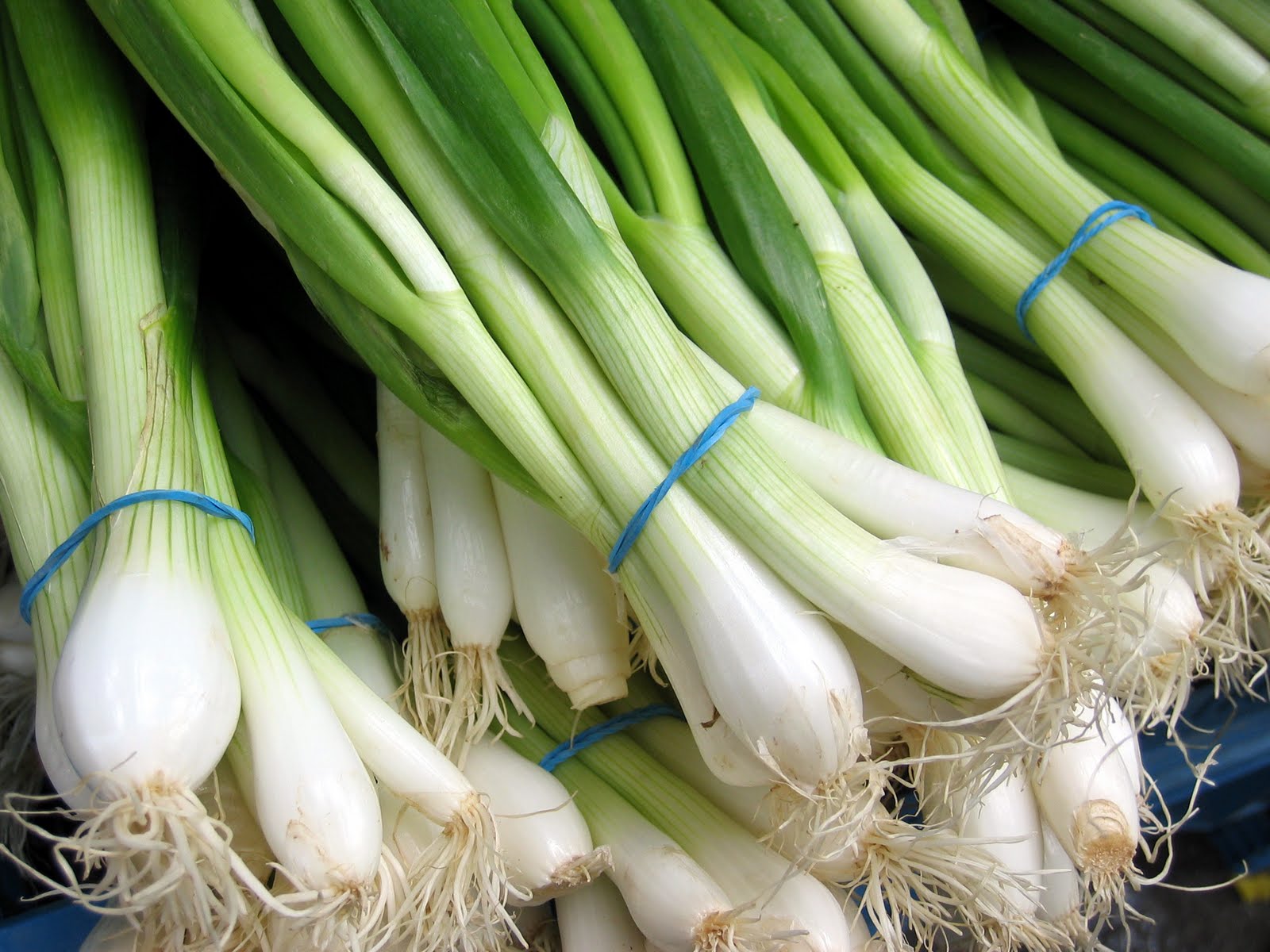 Growing onions on a feather in a greenhouse in winter
Growing onions on a feather in a greenhouse in winter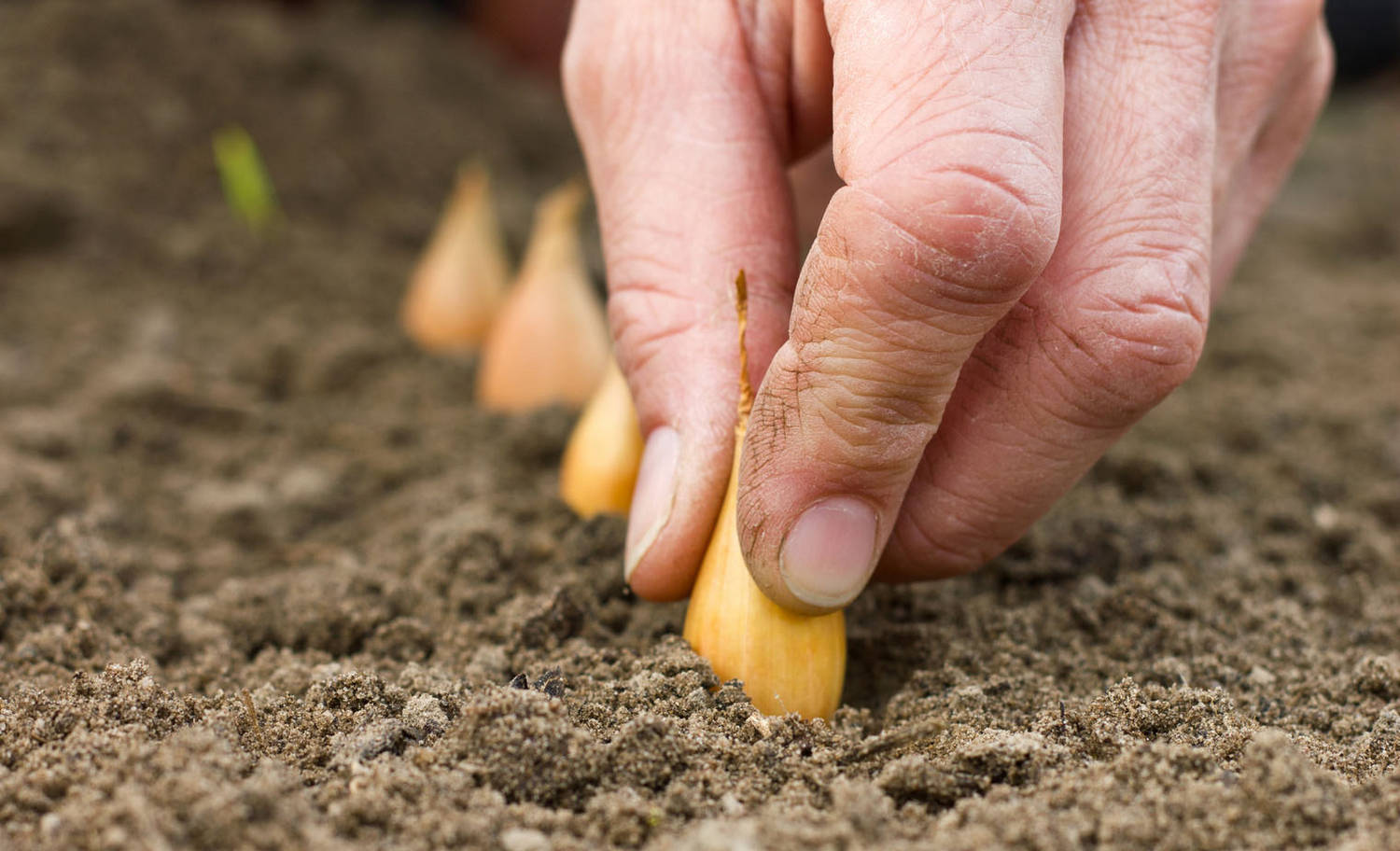 Planting onions in winter in the open ground
Planting onions in winter in the open ground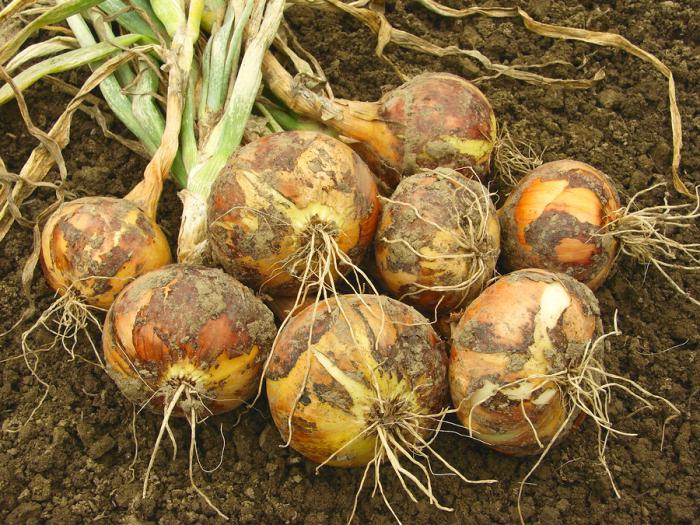 How to feed onions so that the bulbs beat large
How to feed onions so that the bulbs beat large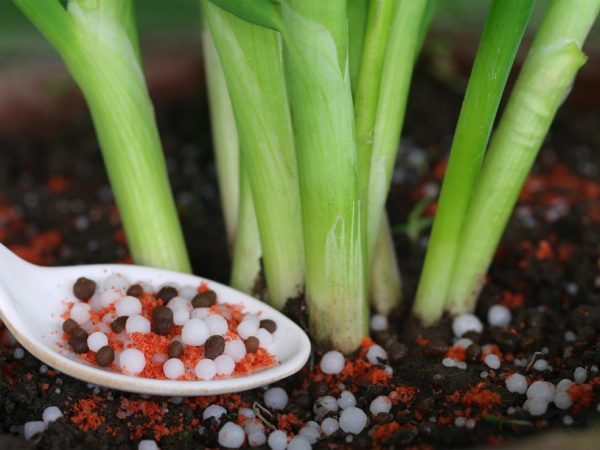 How to feed onions in spring and summer to get a good harvest?
How to feed onions in spring and summer to get a good harvest?